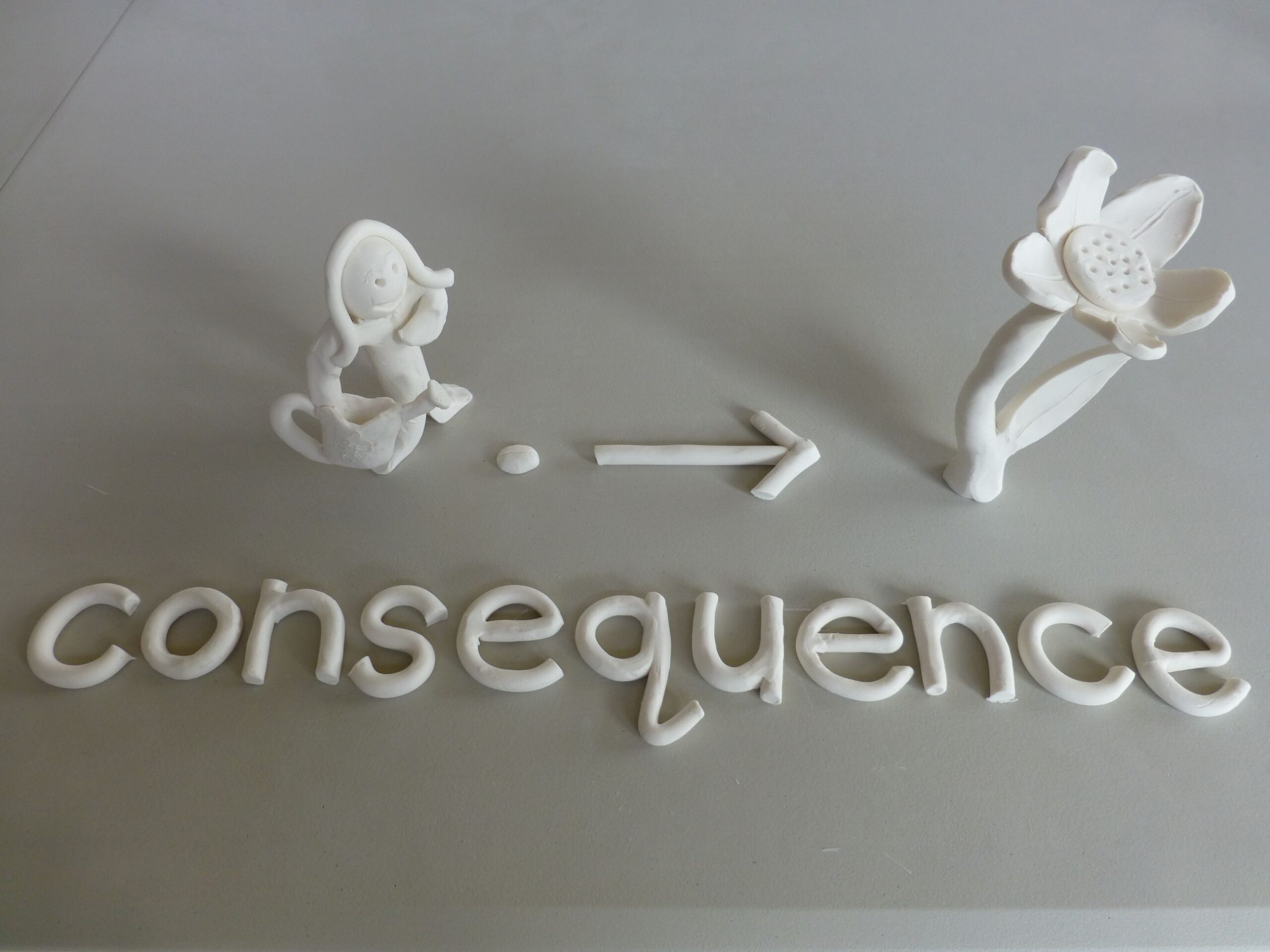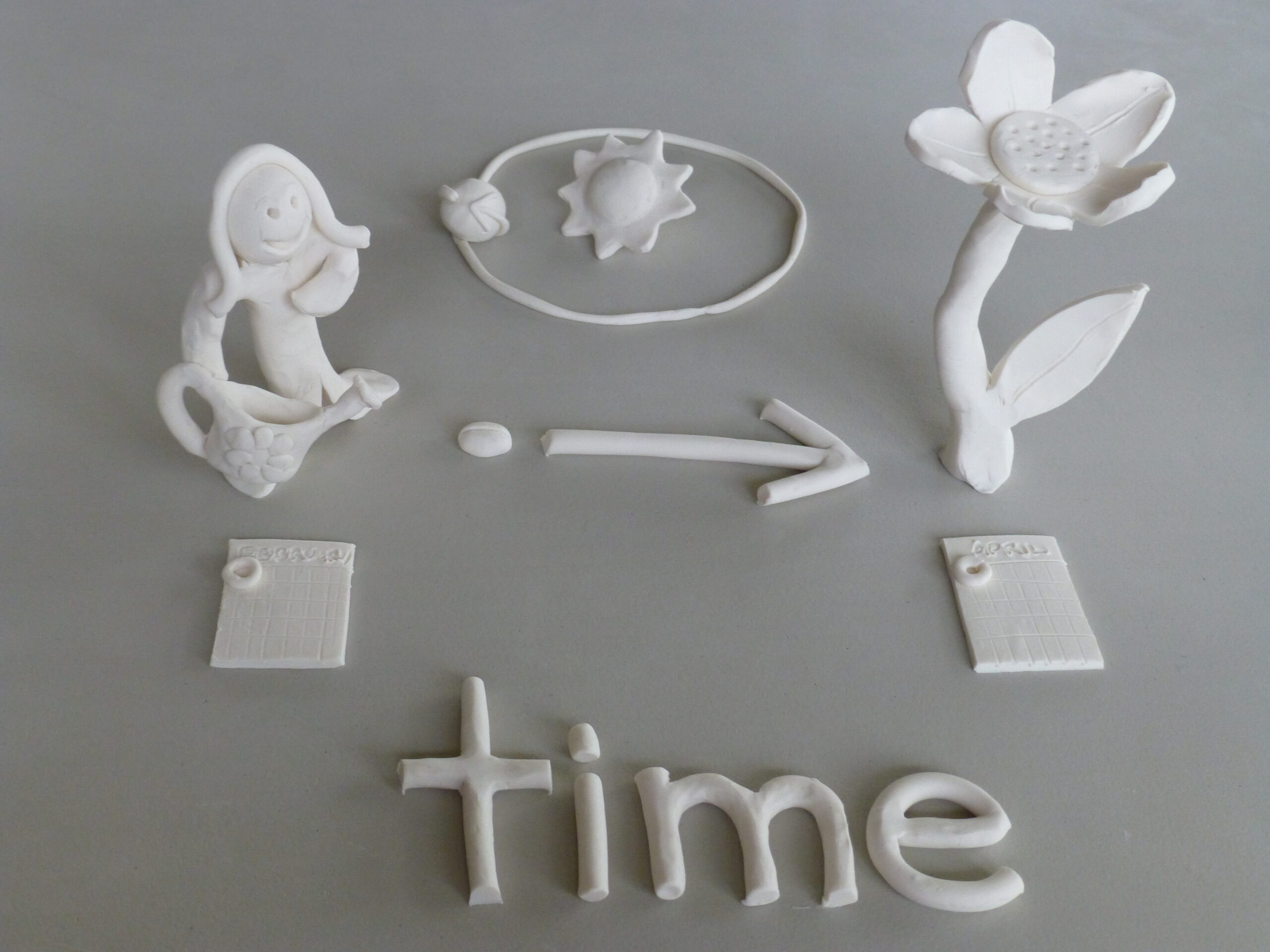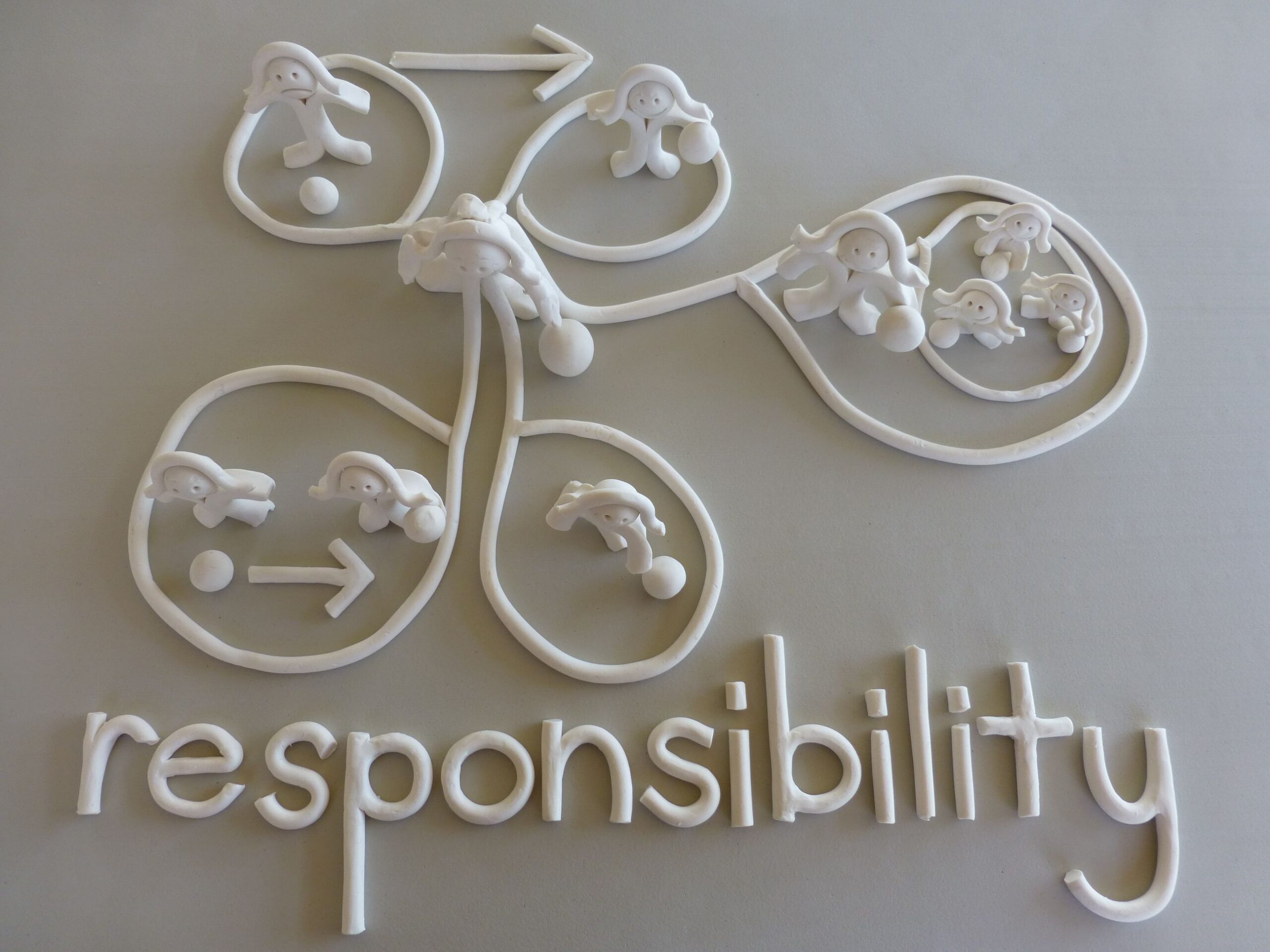

Life is full of abstract concepts. These include change, time, and responsibility. For neurodivergent individuals, understanding these ideas can be challenging because they are often not concrete or visible. Many parents of neurodivergent children struggle to explain these ideas and adults with executive functioning difficulties face similar challenges. This blog post explores what it’s like for individuals when these concepts are fuzzy, and what it’s like when these concepts become clear. It also offers practical strategies to make them more accessible. Whether you’re a parent or an adult seeking clarity, this guide will help.
Everyday life requires us to navigate abstract ideas. Neurotypical individuals often take this for granted. For neurodivergent individuals, it can feel overwhelming. For example, concepts like “consequence” or “time” are not tangible. They cannot be touched or seen. This makes them harder to grasp.
Consider this common scenario. You ask your child to put on their shoes. Fifteen minutes later, they are distracted by something else and their shoes are still not on! Or think about the adult who underestimates how long a task will take before they head out the door to an appointment, which they end up late for. These struggles stem from a lack of clarity about abstract concepts.
Why is this the case? Neurodivergent individuals are often visual and hands-on learners. They excel in creative and imaginative thinking and often spend much time in their delightful thought world, in which anything can happen. Not being present in the physical world for much of the time can impact their ability to accurately experience the passage of time, to gain a consistent understanding of true cause and effect, or to create an inherent sense of order, to name a few abstract, but fundamental concepts.
Davis Concepts for Life Client, Spain, 26

Change is an inherent part of existence—whether gradual or sudden, predictable or unexpected. For many neurodivergent individuals, change feels unsettling. This can lead to rigidity or anxiety. For example, a child might resist new routines. An adult might strive for perfection before taking action.

When the concept of change is unclear, individuals may:
Through our trademark clay modelling, we make this concept tangible. For example, we explore how a ball becomes flat when jumped on, how an empty bowl changes to contain cereal, or how ice transforms into water.
When we clarify this concept, we often see:
Consequence means cause and effect. Something happens because of something else. Many neurodivergent individuals focus only on the end result. They miss the connection between actions and outcomes. This can lead to repeated negative behaviors or confusion when faced with discipline.

When consequence is unclear, individuals may:
In Davis, we explore consequence as how we experience change around us. We can see the cause and effect of change – the consequence. The term consequence often has negative connotations, this method removes that negative stigma.
When consequence is clear, we see individuals:
Time is the measurement of change. For neurodivergent individuals, time can feel abstract and is often experienced in a distorted way. They may struggle to estimate how long tasks take. This leads to lateness, procrastination and disorganization.

When time is unclear, individuals may:
In Davis, we make time concrete by understanding it as the measurement of change. When we cook pasta, we’re measuring how long it takes for it to change from hard to soft. When we sprout a seed, we’re measuring how long it takes to change from seed to sprout.
This practical understanding helps individuals:
Responsibility involves ability, motivation, and control. Responsibility does not happen if you have motivation, but do not have the ability to control (cause change). Similarly, you will not end up taking responsibility if motivation is lacking.

For neurodivergent individuals, responsibility can feel overwhelming. They may take on too much or avoid it altogether.
When responsibility is unclear, individuals may:
When responsibility is mastered and internalized, we see individuals who:
The Davis Concepts for Life program and workshops offer tools to address these challenges. It uses hands-on techniques to clarify abstract ideas. As you can see with the examples above, clients use clay to model concepts like change or consequence. This approach is effective because it aligns with how neurodivergent individuals learn best: visual and hands-on. And because the creativity process and the learning process cannot be separated, the learning of these concepts becomes fully internalized and easily transferrable, rather than simply rote learned.
Key benefits of the Davis Method includes:
If you or your child struggles with life concepts, consider exploring the Davis Program. You can:
1. Attend a Davis Concepts for Life Workshop. This program is ideal for parents, teachers, and caregivers. After completing the workshop, you will be equipped to take an individual through the Concepts for Life Program
Find out more about our next workshop
2. Work one-on-one with a Licensed Davis Facilitator. They provide personalized guidance on your journey through the Davis Concepts for Life Program
Both options offer practical tools and strategies. These can lead to meaningful and lasting change.
For more information, book a free, no obligation discovery call. Take the first step toward clarity and empowerment today.